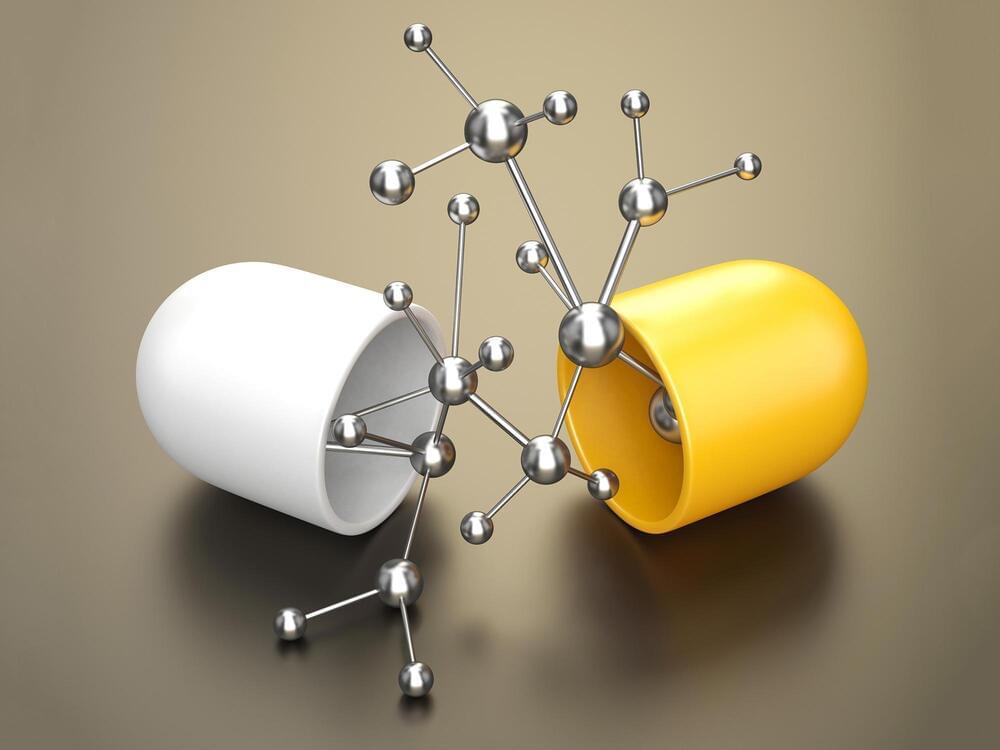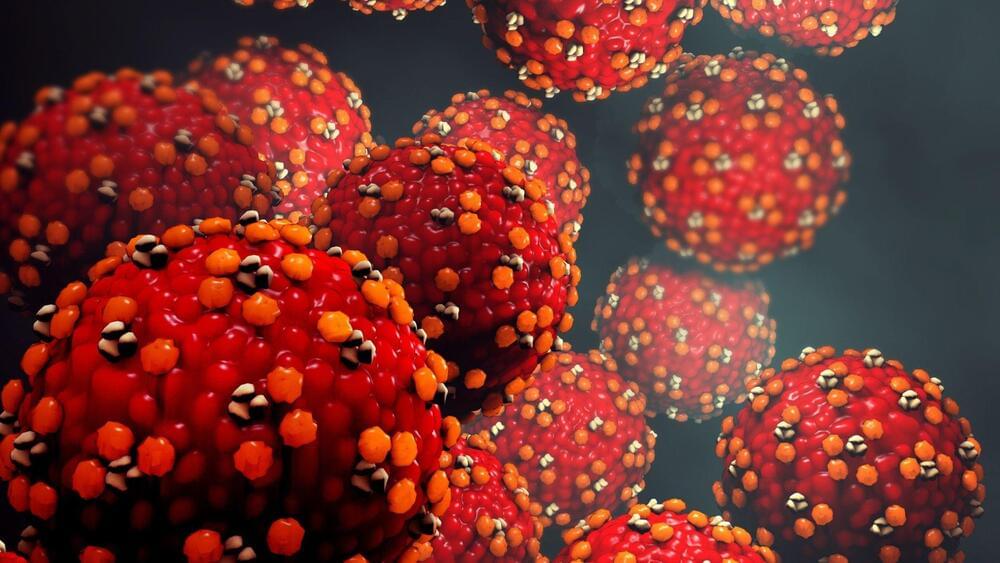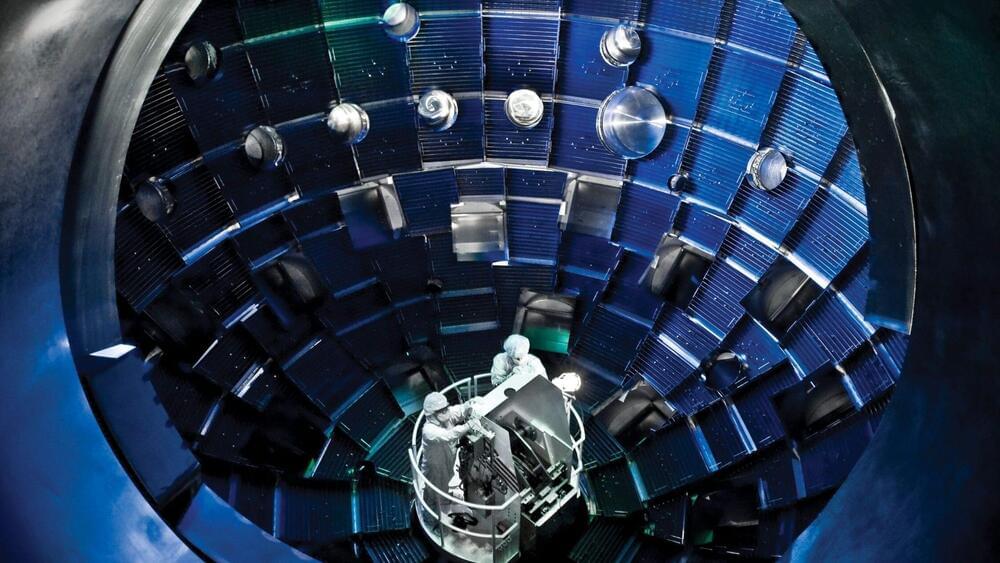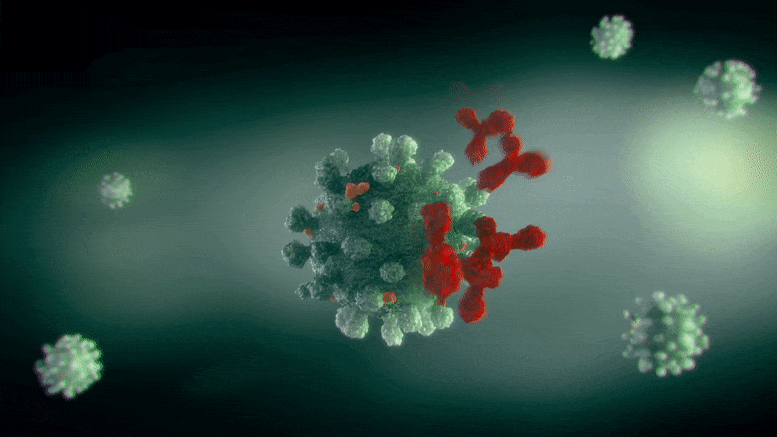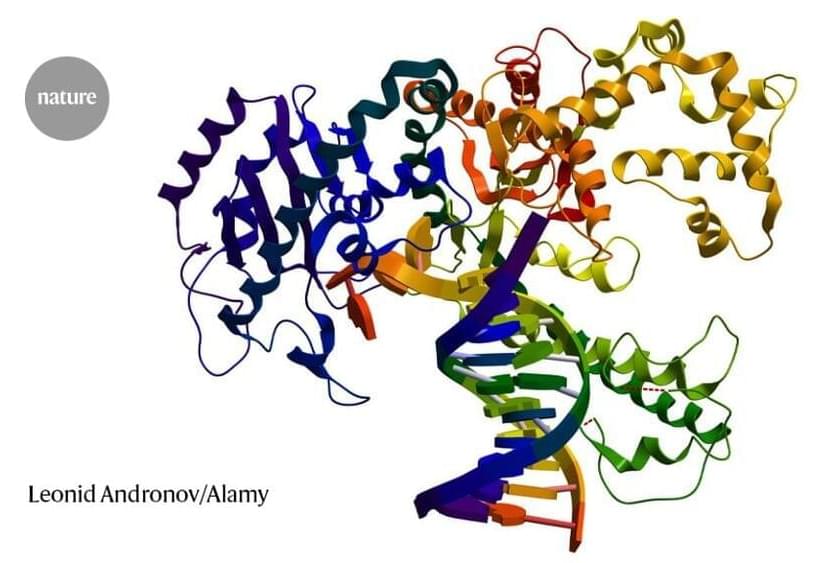In some ways, the world in 2090 may resemble the world we live in today. Yet, two key areas will almost certainly change: the natural world and technology. Will our thirst for consumption ultimately deplete the world’s most critical natural resources? Or will technology help us persevere? And how will innovation change the way we move, work, and explore? Today, we’ll take a deep dive into these captivating questions.
Sources:
Population.
https://www.un.org/en/sections/issues-depth/population/
The Map of the World in 2090 Suggest We Have a Huge Problem.
https://www.indy100.com/discover/world-map-2090-population-d…ca-7665711
Vacuum Trains: a high-speed pipe dream?
https://www.bbc.com/future/article/20120601-high-speed-pipedreams.
Melting Ice Sheets will Add over 15 inches to Global Sea Level.
